What is Colonoscopy?
Colonoscopy is a procedure that allows proper visualization of the inside of the colon. The procedure may be unpleasant but it provides with important data regarding any change in mucous membrane of the colon. During the procedure the doctor examines the inside of the colon and may at the same time remove some growths such as intestinal polyps.
The colon must be well prepared (i.e. cleaned) prior the procedure. Only then a doctor can perfectly visualize the inner surface of the large intestine. This is why preparation for colonoscopy plays a significant role and must be conducted properly.
Preparation for Colonoscopy
There are several treatments to cleanse the bowel before colonoscopy procedure. They include enemas, suppositories, polyethylene glycol electrolyte solutions and sodium phosphate solutions.
An enema is a liquid that is pumped into the rectum through the anal opening. The injected solution stimulates bowel movement and helps in colon cleansing. In order to perform enema an enema kit is required. Once the enema is injected and a patient feels full the process of cleansing starts and after the bowel is emptied the entire process is repeated.
Suppositories are drugs that are inserted into the rectum, vagina or urethra. In case of preparation for colonoscopy the patient uses rectal suppositories. They act locally and stimulate the bowel movement. The effects are achieved approximately half an hour after the insertion. Such suppositories represent a combination of sodium bicarbonate and potassium bitartrate in polyethylene glycol base. They generate carbon dioxide and the effect of this gas as well as lubrication of the very suppository eventually leads to distension of the rectal ampulla and peristalsis. These medications do not cause irritation and cramping, are easily inserted and are much better than liquid enemas.
Polyethylene glycol (PEG) electrolyte solutions are commonly used in patients who will undergo colonoscopy. These solutions are taken orally. In hospitals polyethylene glycol electrolyte solutions may be administered via a nasogastric tube. Such solutions are highly effective and loosen stool and flush all solid material from the colon.
And finally, there are sodium phosphate solutions. They are Saline laxatives able to draw water into the bowel. In excess of water the stool becomes softer and is easily eliminated. Sodium phosphates solutions are much more effective than PEG solutions. They also cause less side effects (there may not be chills, bloating or abdominal fullness or if they are present they are not so intensive). However, sodium phosphate solutions must not be administered in patients suffering from bowel obstructions, congestive heart failure, kidney disease and congenital megacolon.
The Benefits of Colonoscopy Bowel Preparation
Colonoscopy is considered the “gold standard” among CRC screening tests and is both diagnostic and therapeutic. A critical component of a successful colonoscopy is adequate bowel preparation. It has been noted that the CRC risk reduction associated with screening colonoscopy generally has been lower for proximal cancers compared with distal cancers.
- Premalignant lesions that progress to CRC include conventional adenomas and sessile serrated polyps (SSPs). Because early-stage CRC is typically asymptomatic, screening is required to identify premalignant and malignant colorectal neoplasia, ideally at an early, curable stage. Evidence from multiple studies supports the efficacy of colonoscopy for decreasing CRC incidence, as well as improving the prognosis and reducing mortality rates.
- In the United States, the CRC-related mortality rate declined by more than 50?% from 1970 to 2016, mostly as a result of increased CRC screening and polyp removal. Whereas changes before 2000 are attributable to reductions in risk factors and the increased use of screening, more recent declines are primarily attributable to the increased use of colonoscopy.
- In 2012, 27.7?% of individuals between ages 50 and 75 years who were eligible for routine CRC screening in the United States had never undergone screening. One retrospective community-based study showed that a significantly lower percentage of patients scheduled for screening colonoscopy attended the procedure, compared with patients scheduled for surveillance or diagnostic colonoscopy (45.5?% vs 65.3?%, respectively). Results of a survey of individuals between ages 50 and 75 years (68?% of whom had previously undergone CRC screening) showed that the most common patient barriers to CRC screening included fear (10.1?%), unpleasantness of the bowel preparation (7.9?%), lack of awareness of or knowledge regarding CRC screening (7.9?%), pain (7.6?%), and economic limitations (6.0?%).
- The adenoma detection rate (ADR) is the most important quality benchmark for screening colonoscopy. For average-risk patients aged ??50 years, it is defined as the percentage of screening colonoscopies performed by an endoscopist in which one or more adenomas are found.
- Studies have reported that bowel preparation is inadequate in 15?% to 35?% of colonoscopies, with rates varying across medical settings and patient populations. Inadequate bowel preparation negatively impacts the ADR and other indicators of colonoscopy quality (e.?g., cecal intubation rates), lengthens procedure times (e.?g., increased time washing and suctioning debris, prolonged withdrawal time), and results in shorter surveillance intervals and increased costs.
- Guidelines from the MSTF recommend repeat colonoscopy within 1 year for patients with inadequate bowel preparation. Adequate bowel preparation is important for high-quality screening colonoscopy, for maximizing the efficacy of the exam in the proximal colon, and also for identifying lesions that are more difficult to detect.
- Noncompliance to dosing instructions has been shown to be a strong predictor of suboptimal bowel preparation. An analysis of average-risk patients who underwent routine screening colonoscopy showed that 86.7?% of patients with poor bowel preparation had either failed to complete the preparation or failed to follow the written instructions on timing of preparation or dietary restrictions. A meta-analysis of randomized studies reported that enhanced patient education was associated with greater dosing instruction adherence and higher-quality bowel preparation.


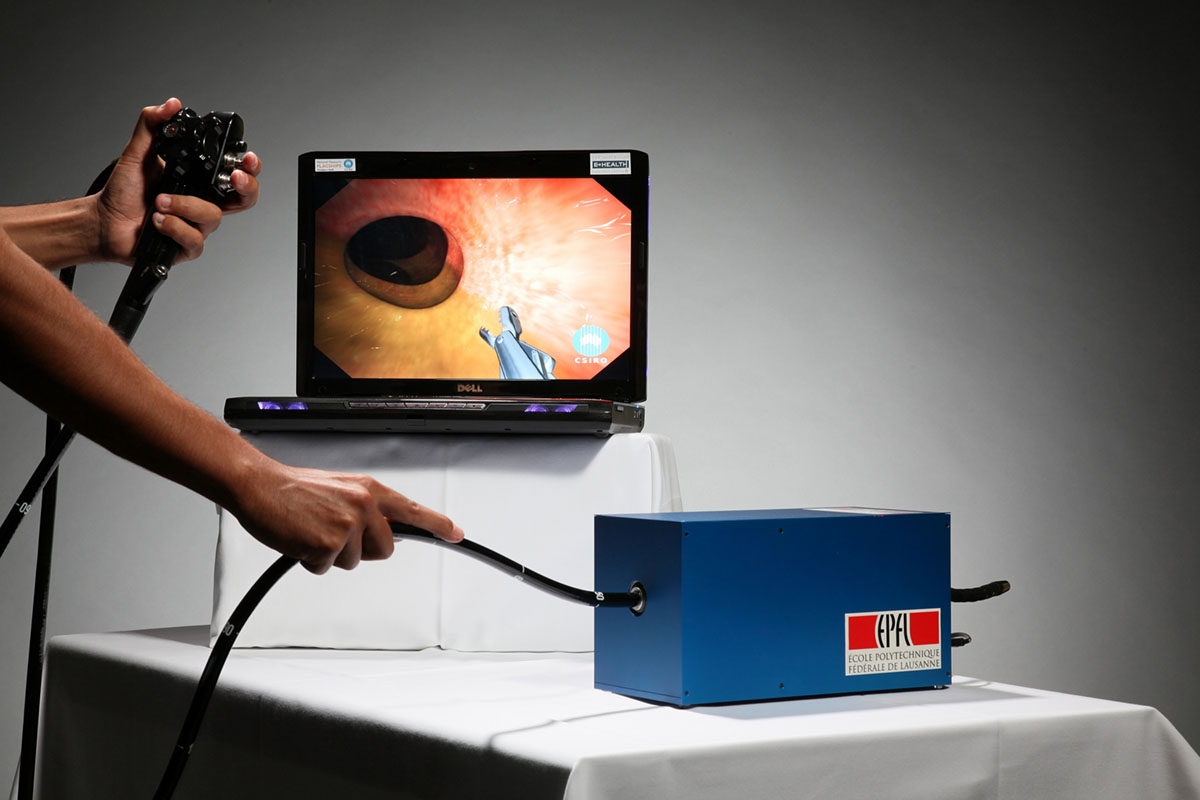


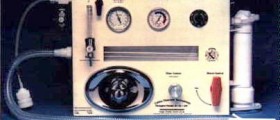

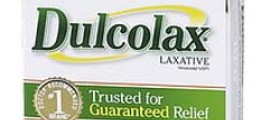
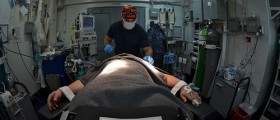



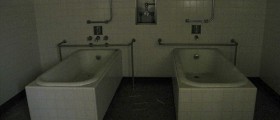
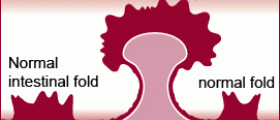
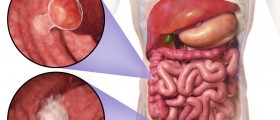

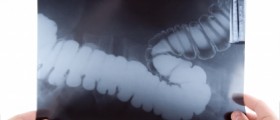
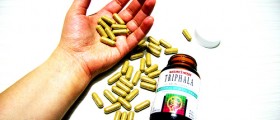
Your thoughts on this
Loading...